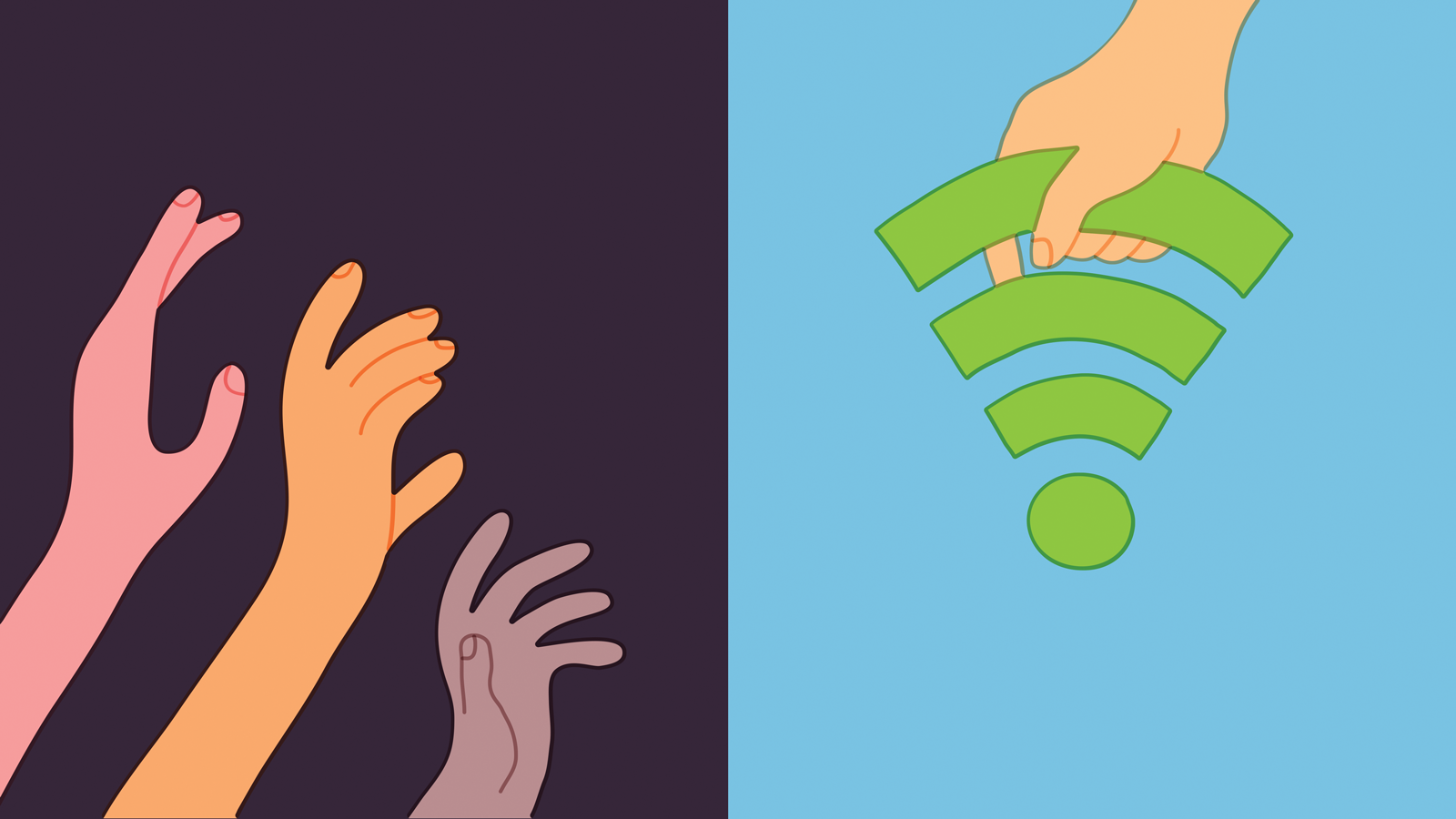I’m going a little off-topic from the blog prompt this week, but it is relevant to our conversations and especially to us as educators.
Wikipedia describes “The digital divide [as] a gap between those who have access to new technology and those who do not. These technologies include, but are not limited to smart phones, computers, and the internet”. I am also currently taking the course Leadership for Inclusive Education with Corey Hadden where we are speaking about inclusive school reform. Discussions centre around making schools more inclusive for students with disabilities, but the conversations and teachings have gone much deeper than that. Inclusivity also includes serving students that come from all marginalized groups, including those with cultural, racial, socio-economic, and gender identity differences (Whitley and Hollweck, 2020, p.297). There is another aspect not often spoken of that the authors mention: “issues of equity that have been revealed by distance and emergency learning efforts” (p. 307).
Though socio-economic status can often be the cause of digital divide, it is not always the case. Having access to the internet in rural areas throughout Canada is often not necessarily a reflection of the inhabitants’ state of finances, but rather a reflection of a lack of resources made available to them. This article provides an in-depth look at the situation and explains things much better than I could ever do.

Digital divide is a global problem. Right now, I’m focusing on my little corner of the world. I myself do not have access to reliable internet, nor do my children and my students. We are being excluded from a world of possibilities that are at our fingertips, but cannot reach. If our schools are to be truly inclusive, then we also need to take a hard look at what kind of technologies they have access to. We are doing a disservice to our students who will graduate and enter the work force without having acquired the same skills and aptitudes available to those who have full access to the world wide web and all of its possibilities. I deserve better. My kids deserve better. My students deserve better. Canada deserves better.

Thanks for sharing your thoughts, Leah. I truly believe inclusion in all aspects is important. I am from India, and I have seen people who are very much technologically backward even though they are residing in big metropolitan cities. Yes, you are right; the Digital divide is a global problem and a lot of people are unaware about digital literacy.
More than ever, the digital divide is more apparent to me. Maybe it was because of COVID that I became more aware of the digital divide, or maybe it was because I moved schools and became a part of a different community, I realized that access to technology is not equal, and the gap is widening. I agree, if we are looking to be more inclusive as school divisions, then we need to do a better job of giving students access to technology to learn the skills for the future, and to give students research opportunities at their fingertips.